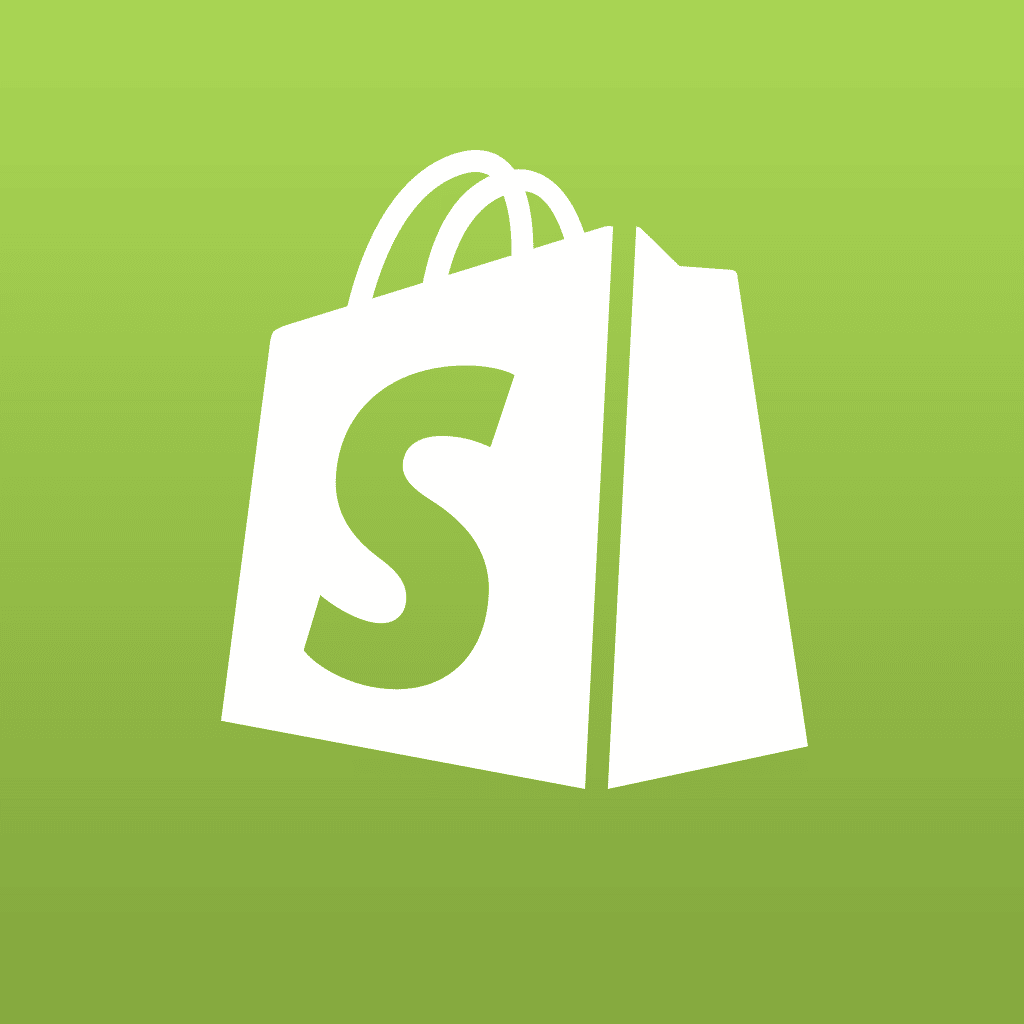 |
Author: Phil Ballard
Publisher: Sams Publishing
Copyright: 2007
ISBN: 0672329603 |
The term Ajax has been tossed around the Web quite a bit. It’s often labeled as a new type of technology but it actually consists of several technologies used together. It’s similar to referring to the space shuttle as a technology when it actually consists of many components that work together as one unit.
The acronym Ajax was created by Jesse James Garrett (in the early part of 2005) and refers to Asynchronous JavaScript and XML. Ajax is made up of different and varying combinations of (X)HTML, CSS, JavaScript, the DOM, PHP, XML, XSLT and XMLHttpRequest;.
With all this technology, the next thing is to figure out how to make it work together. There are many books written on the subject, and one of them is the Ajax Starter Kit. It’s not really a book; it’s actually a kit (as stated in the title), and consists of the following:
- a quick start guide
- an Ajax programmer’s toolkit
- plug-n-play code
- a tutorial reference library
|
Quick Start Guide
The Quick Start Guide is designed to get you up and running with Ajax quickly. The chapters are concise, part of the Teach Yourself in 10 Minutes series by Sams Publishing. The method doesn’t imply that you can learn everything in 10 minutes; but that each chapter is designed to take 10 minutes or less to complete. For some of the chapters, that might be pushing it a bit, unless you’re looking for a quick overview. The book is geared towards Web developers who have experience with (X)HTML, CSS and some JavaScript. The introductory tutorials are pretty basic. They’re fine for understanding the examples in the book — or a quick refresher, but not for starting from scratch.
For the most part, the book is easy to understand and presents the material in a concise and orderly manner. It begins with a section titled, “A Refresher on Web Technologies.” This section quickly covers the basics of HTML, HTTP, JavaScript, PHP and XML. Each introductory tutorial explains why the reader needs to know the material (in relation to Ajax) and what is and isn’t covered in the lesson. The next two sections provide the main tutorials for learning to use Ajax. Using their 10 minute technique, they provide a good basis for learning what’s involved and how to use it. Also included is a JavaScript library for use with Ajax. In total, there are 21 short, easy-to-read lessons.
A Bit of a Concern
The examples in the book use an HTML 4.01 transitional DOCTYPE, although the author states he is using 4.0 transitional. The author also uses deprecated HTML elements such as <font> and <center>. These were deprecated in HTML 4.0. In addition to being used in code examples, the <font> tag is also listed as a “useful HTML tag.” For a book teaching the use of advanced methods of coding, these errors create issues with the book’s credibility. While it’s probably a safe bet that the Ajax coding is correct, using the deprecated tags will surely cause problems in code validation.
The toolkit includes XAMPP for Windows, Mac OS X, and Linux. XAMPP is developed by Apache Friends and is a software bundle consisting of Apache MySQL, PHP and Perl packaged together. It’s a quick and easy method of installing all of those software packages and having them work together seamlessly (well, most of the time). This allows you to program and test on yourcomputer without having to upload and download to a Web host. This is an excellent addition to the starter kit.
The toolkit also includes jEdit, a text-based programming editor, created under the GNU/GPL license. It’s written in Java so it will run on Windows, Mac and Linux machines. Also included are the Prototype, Rico, and XOAD JavaScript/Ajax libraries, as well as the source code for all the examples in the book.
Tutorial Reference Library
Since Ajax is made up of several technologies, the Ajax Starter Kit also includes a library of books for reference. The library consists of six books in PDF format. Aside from the Quick Start Guide, it also includes the following titles, from the Sams Teach Yourself collection:
- Sams Teach Yourself JavaScript in 24 Hours
- Sams Teach Yourself XML in 10 Minutes
- Sams Teach Yourself HTML in 10 Minutes
- Sams Teach Yourself CSS in 10 Minutes
- Sams Teach Yourself PHP in 10 Minutes
|
While these books won’t make you an expert in each of the listed areas, they can give you a nice head start. They cover a fair amount of material, given the format. Considering that each of these books cost when sold separately, having them bundled together is a pretty good deal.
Conclusion
Ajax is here to stay, at least for now. It’s the right technology for many applications but it must not be used just for the sake of using it. Often a better solution can be found. For those cases when it’s the proper technology, this is a good place to learn how to use it. Aside from the few bits of outdated code in the Quick Start Guide (I didn’t read all the books in the Tutorial Reference Library in their entirety), I think this is a good “starter kit” from which to begin a study of Ajax. You will be able to see your strengths and weaknesses, and you’ll learn how to write better Ajax code.
This article originally appeared on WebReference.com.










